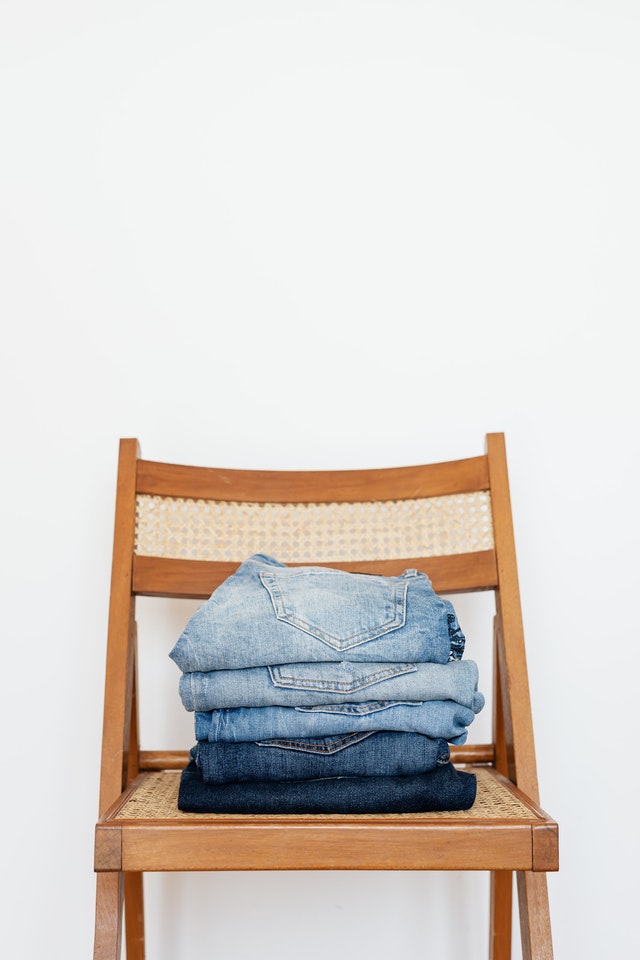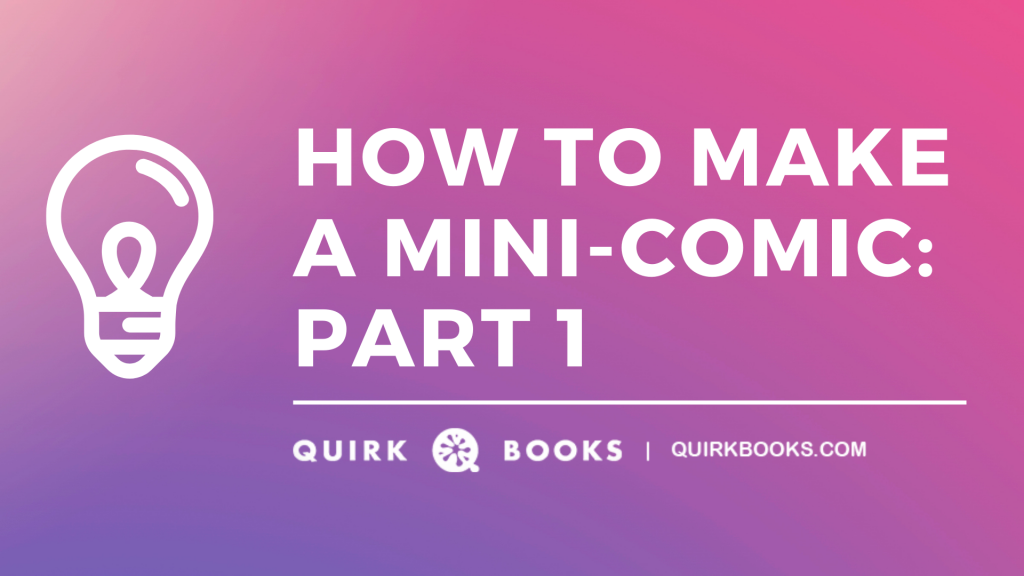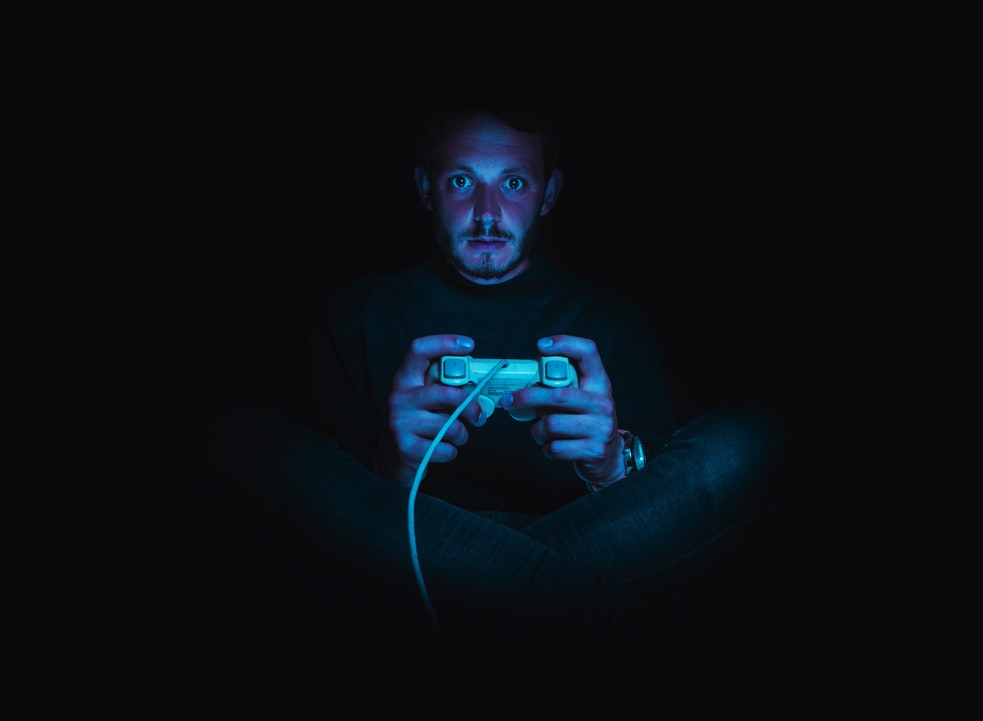Marie Kondo: How Bookworms Can Make the KonMari Method Work
Image by danuta niemiec from Pixabay
For the new year, Netflix blessed us with the charming new series Tidying Up With Marie Kondo, a reality show based on the KonMari method and hosted by Marie Kondo herself, that sees clutter-hoarders transform their spaces (and themselves) by clearing everything out. The series may have a simple premise, but it’s been winning hearts with its sweet approach to tidying, including greeting the home and focusing on joy. However, one aspect that has been bringing bookworms more anxiety than joy is the idea of clearing out their bookshelves — because bookworms are hoarders, and there is little more satisfying than gazing out on a wall of neatly stacked shelves. It’s enough to make any reader feel all warm and fuzzy inside…but Marie Kondo believes that at least some of these have to go.
Of course, she’s not a book-hater. The simple fact that Kondo devotes an entire section of her method to books (and only one to a combo of kitchen, bathroom, garage, and miscellaneous) shows that she has real respect for the bookworms among us and how daunting the idea of clearing out a bookcase can be. However, we’ve got some ways for you to understand some of her more controversial opinions, clear the shelves and still feel good about it.
Sparking Joy
The basic premise of the KonMari method is to toss anything in your home that doesn’t spark joy, but how does that come into play when dealing with books that are thought-provoking, heartbreaking, or downright terrifying? The important thing with this most central precept of the method is that it’s not about the feeling that the story itself evokes in a reader. Otherwise, we’d be tossing all but the cheeriest of stories. Instead, it’s about how the whole experience of reading makes you feel. Are you thrilled and excited to read a book, even if it’s going to make you cry? Or does the idea of reading the book in your hand make you feel exhausted, like it’s on your should-read list rather than something you actually want to read? That’s where sparking joy comes in, not in the genre of the book itself.
The Moment to Read a Book
One of the most controversial opinions that Marie Kondo has about books is that the moment to read a book is the moment you get it, and that holding on to books you’ll read at some point is just collecting clutter. However, Marie Kondo also makes it clear throughout the series that she’s more than happy to get flexible with her methods in order to make sure that her clients are getting that elusive sense of joy in their homes. For people who read rarely, or only a single book at a time, this may be great advice. But for the bookworms who pick up books on a regular basis, and like having a shelf of books that are unread (so far), it simply doesn’t work. Instead, take real stock of whether you are truly likely to read the books you have. Is this a book that has been sitting on your shelves for years and you dread reading it? Is it a gift you don’t really care about? Or is this something that you are excited to read, and will definitely pick up in the next year?
Returning To Old Favorites
Finally, the second more worrying idea that Marie Kondo puts forward is the idea that if you’ve read a book once, you won’t do it again. Of course, the true bookworm knows that this is just plain wrong, especially those who actively re-read their favorites yearly (or even more than that). Once again, this is one of those pieces of advice that's okay to disregard, as long as you are being honest with yourself about how likely it is that you are going to do some re-reading. If a book gets picked up on a regular basis, keep it. However, if you keep thinking about re-reading something, but haven’t in years, it might be time to let it go. Or to re-read it immediately and see if it’s still as enjoyable the second time around; books often resonate at different points in our lives, and you may find that a book you loved to re-read ten years ago has lost its magic over time.
At the end of the day…
or at the end of your Netflix binge, it’s all about how you feel. The KonMari method (and de-cluttering in general) is focused on making sure that your home is filled with things you love and use, rather than things that drag you down with "should" and "maybe" and "if I was someone different I might." Decluttering a bookshelf doesn’t have to mean slavish devotion to someone else’s rules, but it does mean paying a little more attention why you have the books you do, how they make you feel, and why you are holding on to them. You don’t need to "wake up" your books by tapping on them (or thank them, if that feels weird to you), but it might be time to wake yourself up when it comes to your book collecting habits, and make sure that your shelves do represent you as a reader…and yes, spark at least a little joy.



